Conservation Corner: 2.0
I’m pleased to have this opportunity to introduce myself as the new Book Conservator for The New York Society Library. I count myself truly fortunate to work in such a lovely, inspiring, and cheerful place, and I am happy to share my experiences working here in this new iteration of the Conservation Corner.
The subject of today’s post is one of my favorites: books about books, or more specifically, books about or related to bookbinding that are available here in the Library. I was particularly excited to have an excuse to peruse the stacks, and quickly discovered a nice pocket of books about books in Stack 11. The challenge was to stay on task, and not allow myself to be waylaid by nearby titles such as Snake Oil, Hustlers, and Ham Bones; The History of the Devil; Amateur Telescope Making; and The Book of Codes. It is lucky that we have so many equally interesting books that fit my criteria, or I might still be in Stack 11, reading up on the history of rubber making, do-it-yourself watch repair, or forgotten crafts.
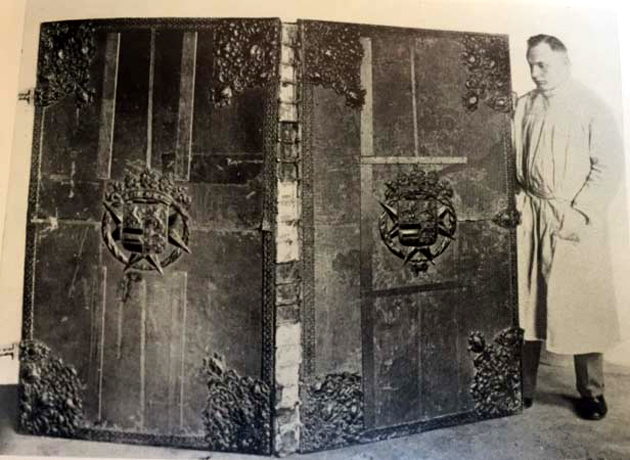
The first book to catch my eye was one that I had not heard of before: Bookmen's Bedlam: An Olio of Literary Oddities, by Walter Hart Blumenthal. As the title suggests, this 1955 work is filled with oddities and rarities: consumptive scoundrels who conspire to have their autobiographies bound in their own skin, exceedingly large books, remarkably small books, curiously shaped tomes, ardent book lovers who take their collections with them to their graves, and the like. Eight full pages are given to a reflection on the aroma of decaying books. I’m not sure you will gain much in the way of substantial history from this book, but it is amusing to page through.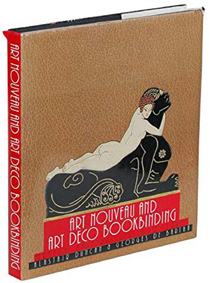
If you are more in the mood to saturate yourself in images of beautiful bindings, Art Nouveau and Art Deco Bookbinding: French Masterpieces, 1880-1940 by Alistair Duncan is a good place to start. “Masterpiece” is not too strong a word for the works included in this book. Whether or not you have an interest in fine bindings, the selected books are, without a doubt, glorious, both in their artistry and craftsmanship. As a bookbinder, I find it both inspiring and slightly deflating, as I inevitably compare myself to these artisans.
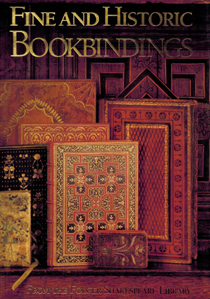
Equally beautiful, but covering an earlier period in history, are the books represented in Fine and Historic Bookbindings from the Folger Shakespeare Library. It promises some of the finest examples from the library’s world-renowned collection, and does not disappoint. There are some fantastic examples of edge decoration, as well as some truly exquisite embroidered and jeweled bindings. There are even a few historical examples of my personal favorites, miniature books.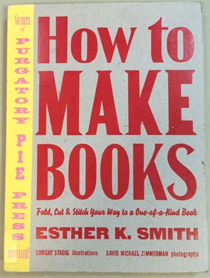
At this point, you may find yourself beginning to feel a bit discouraged. This is completely understandable; you will probably never own a jewel-encrusted velvet binding, or be able to tool in gold like the famous “Squirrel Binder” (named after a favorite one of his tools.) It may be helpful to set your sights on something more…achievable. Enter How to Make Books by Esther K. Smith. As the title of the first chapter (Basic Instant Book) suggests, this book has more of a laid-back approach to the craft of bookbinding. Relax. Make an accordion-folded book, or maybe a book out of postcards. Stop comparing yourself to the Squirrel Binder!

Finally, if you are interested in brushing up on your basic bookbinding vocabulary and history, you may want to check out the ABC of Bookbinding by Jane Greenfield. Need to know the difference between an onlay and an inlay? Look no further! It contains an extensive glossary of useful definitions, with charming and clear illustrations. I particularly like the illustrated timelines of the evolution of book structures and styles of decoration.
There are many more books about bookbinding out there, of course, and this is just a small taste. I hope this small brief list inspires you to look for more.
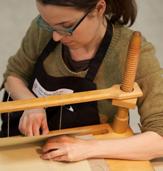

Disqus Comments